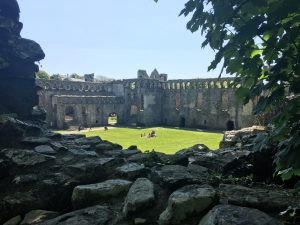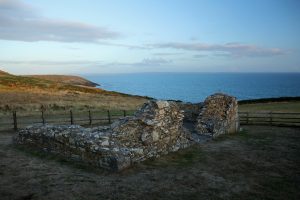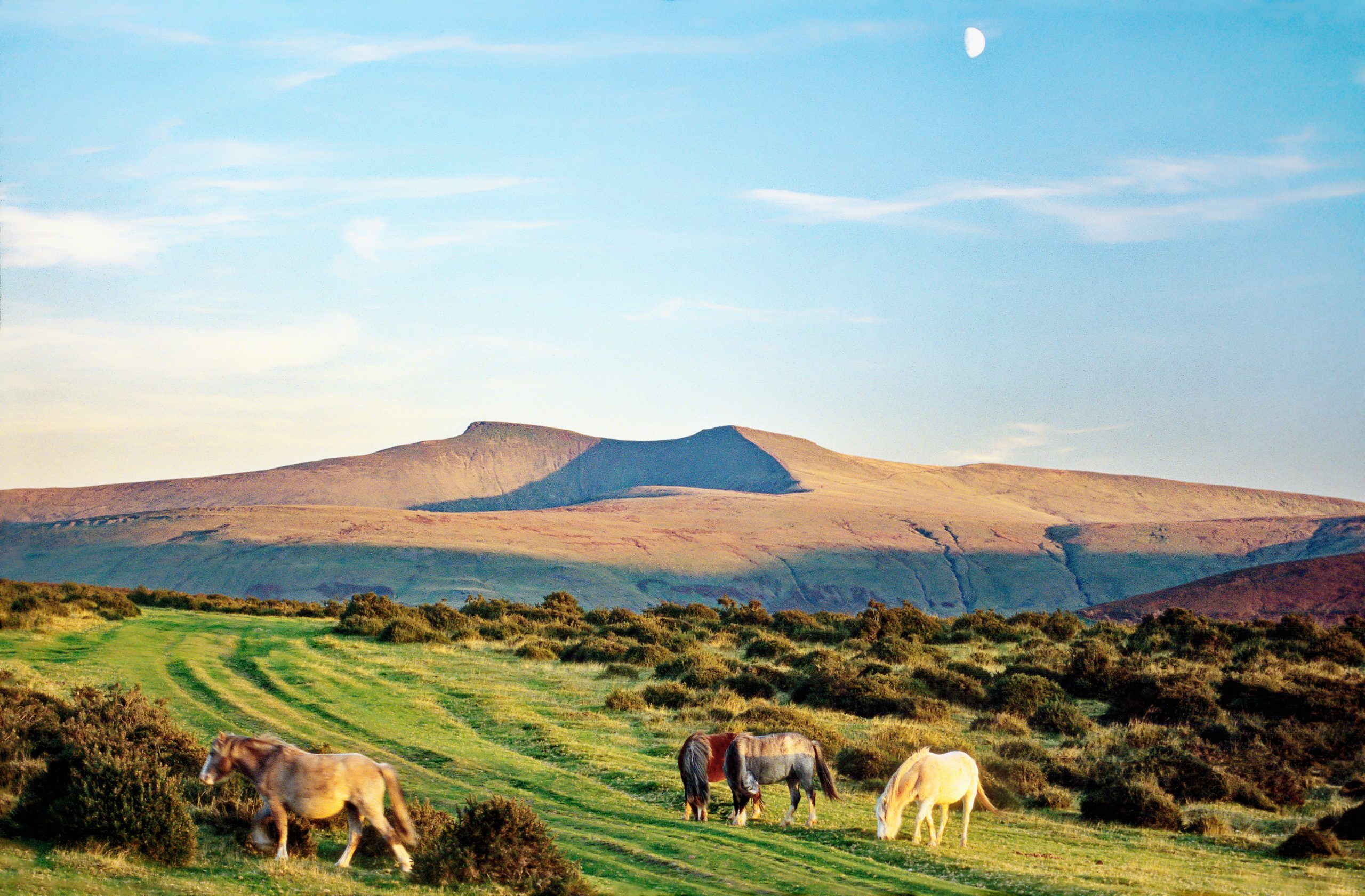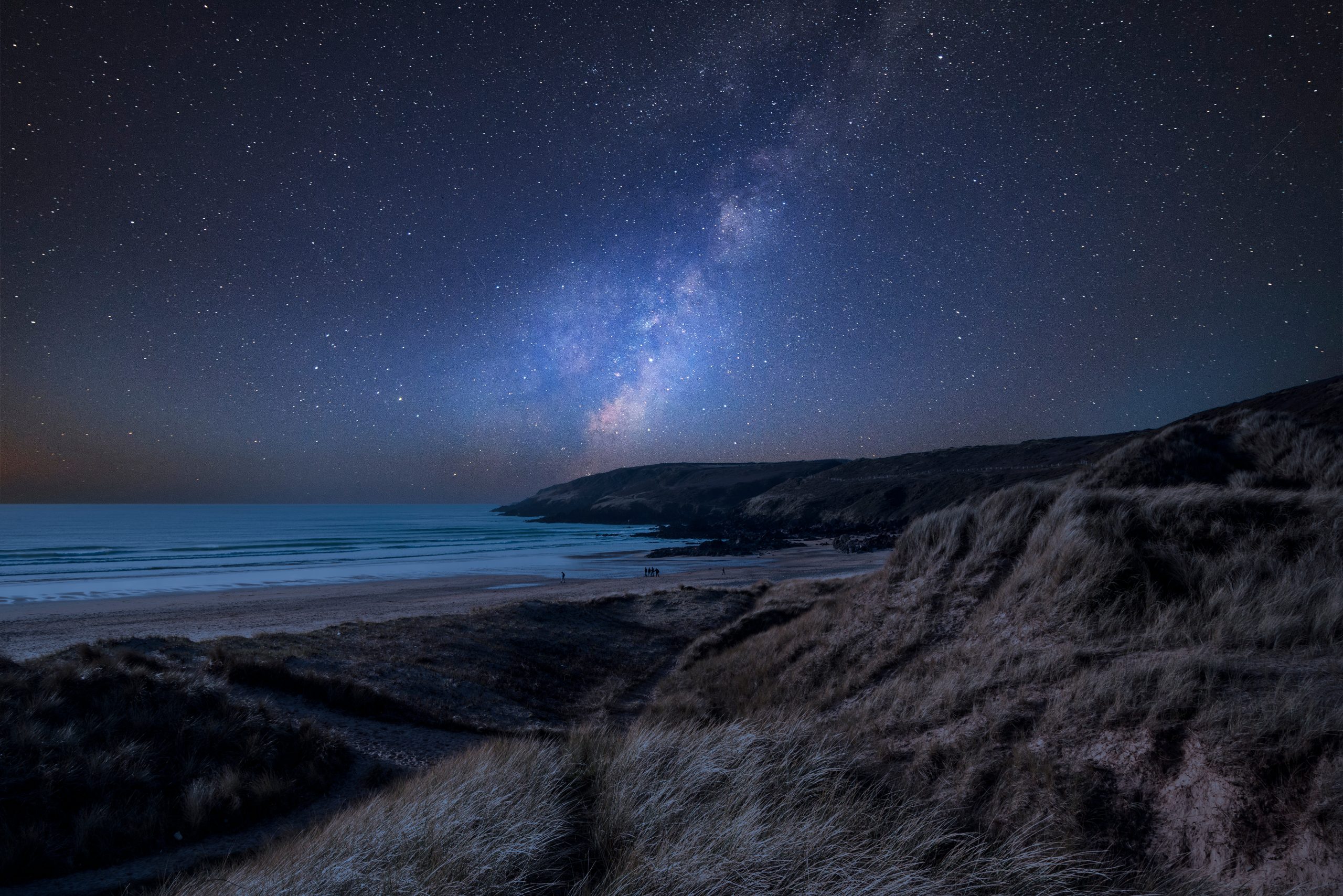Celebrating St David’s Day – Places Linked to St David, Patron Saint of Wales
St David’s Day, celebrated on the 1st of March, is the national day of Wales. Although it’s not currently an official Bank Holiday, it is a very important day for the Welsh people.
Across Wales, various activities take place, including parades, concerts and eisteddfodau (festivals of music, language and culture). People often fly the Welsh flag, may sing the national anthem, and many people pin the Welsh emblems of a daffodil or leek to their lapel. It is also customary to eat traditional Welsh dishes, such as Welsh cakes and cawl.
About St David, patron saint of Wales
St David, or Dewi Sant in Welsh, was born around the year 500 in Wales. Bishop of Mynwy (now St Davids or Tyddewi), tradition tells us that he achieved many great things during his lifetime, such as founding monasteries, travelling to teach the gospel, and even performing miracles. He eventually became the patron saint of Wales, and St David’s Day was established in the 12th century.
But what places are associated with St David in Wales?
In this post, we’ll explore the places in Wales that are linked to St David. We’ll also explore how you can get the most out of celebrating St David’s Day. Read on to find out more!
St David’s Cathedral
 St David’s Cathedral is the oldest Christian site in Wales and sits where St David originally founded the monastery of which he was Abbot. The Cathedral is situated in a valley, which cleverly meant it was hidden from anyone approaching by sea. St David’s (Tyddewi) is the smallest city in Wales.
St David’s Cathedral is the oldest Christian site in Wales and sits where St David originally founded the monastery of which he was Abbot. The Cathedral is situated in a valley, which cleverly meant it was hidden from anyone approaching by sea. St David’s (Tyddewi) is the smallest city in Wales.
The present Cathedral was begun in 1181 and is a wonderful building, and a popular tourist attraction. It’s a Grade I listed building and has been a place of worship for over 1400 years. The Cathedral holds special services on St David’s Day, and this year’s service will be broadcast on BBC Radio 3.
The Cathedral is home to the shrine of St David and many pilgrims visit each year to pay their respects to the saint. It also houses a number of stained-glass windows and tombs of various Welsh Bishops. The Cathedral is a wonderfully peaceful place, a must-visit for anyone interested in the history of Wales.
St Non’s Chapel

Ruins of Chapel of St Non
St Non was the mother of St David. St Non’s Chapel is a short walk from the centre of the town of St David’s and is said to be the place where St David was born. The chapel sits in a rugged, stunning position on the coast in the Pembrokeshire Coast National Park and any visitor will feel a sense of awe.
The remains of the mediaeval chapel of St Non’s are a popular place to visit on St David’s Day. On the approach, there is a holy well with rumoured healing properties, another important place for pilgrims. Tradition says that the well sprung up during the storm when St Non gave birth to St David.
Close by you’ll find a modern chapel – the Chapel of Our Lady and St. Non – erected in 1943. Do try and visit inside, particularly to view the stained glass windows representing St. Non and St. David.
St David’s Day Stone
The St David’s Day stone sits at the Oriel y Parc visitors’ centre in the town. The flat stone has been inscribed with a verse by former Archdruid James Nicholas. The verse is a “Pilgrim’s Prayer”, translated into English by the poet as:
“O God, You gave to St Davids a light
which to us is a mystery;
in Your turn,
O grant her a dream for Tomorrow.”
At noon on St David’s Day, the stone is illuminated by a shaft of sunlight shining through the hole in the adjacent rock. There will be a pilgrimage to the stone from St Non’s and then a short poetry reading and a blessing on the city of St Davids.
Experience St David’s Day in Wales
St David’s Day is a great time to explore Wales and to visit some of the places associated with St David. Visiting these places in person is the best way to learn about the history of Wales and to celebrate the life and legacy of St David.
So, if you’re looking for a way to celebrate St David’s Day, why not visit one of the places associated with St David and explore the history and natural beauty of Wales?





